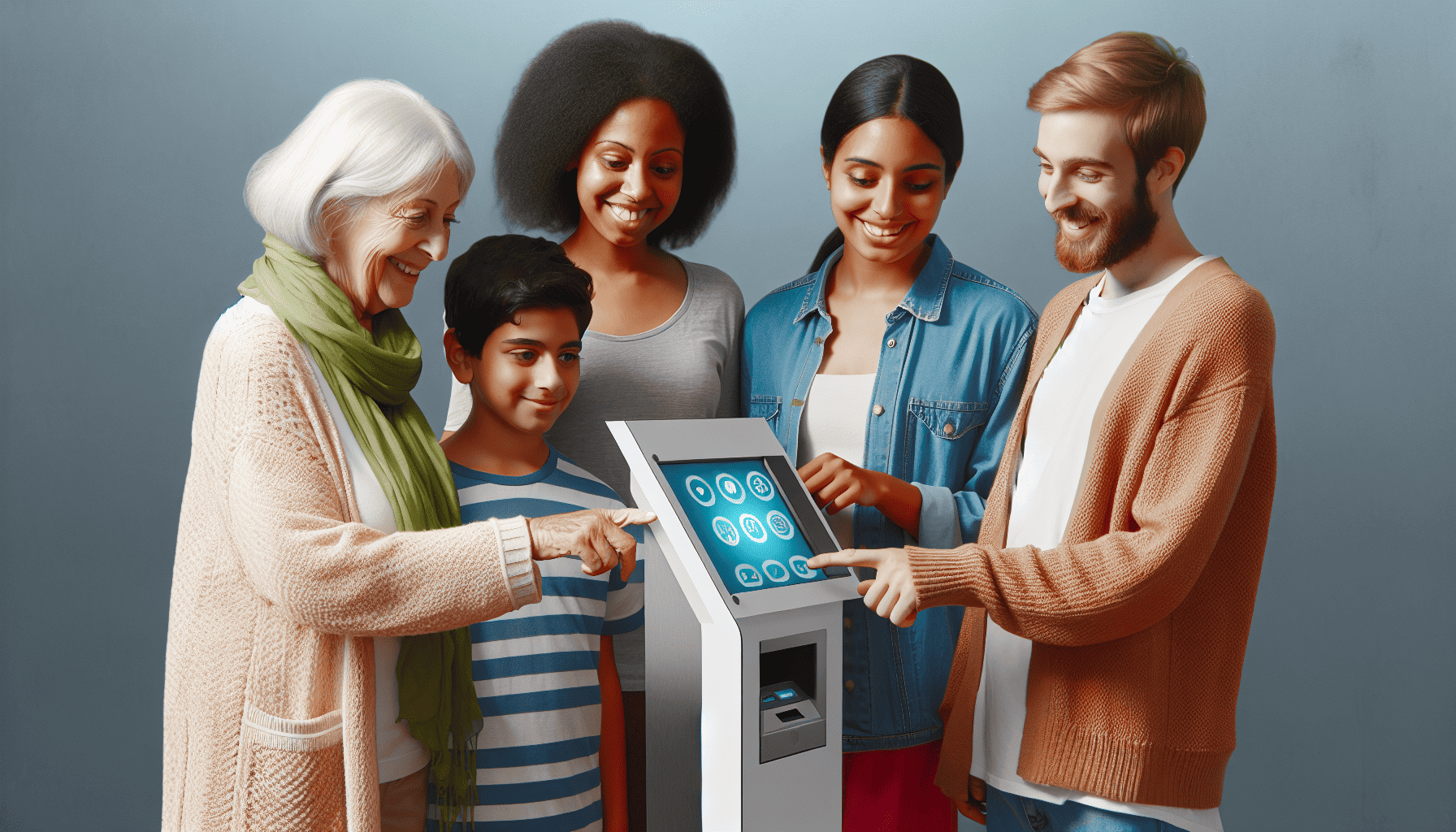In today's rapidly evolving technological landscape, the ways in which public services are provided and accessed are undergoing dramatic transformations, making them more inclusive, efficient, and user-centric. This revolution in accessibility is being driven by a combination of innovative technologies, imaginative applications, and a renewed focus on addressing the needs of all individuals, particularly those with disabilities and other marginalized groups. The integration of these technologies into public services is creating a new era of accessibility, reshaping how individuals interact with government institutions, healthcare providers, transportation systems, and more.
One of the cornerstone technologies fueling this transformation is artificial intelligence (AI). AI systems are now being designed to support and enhance a variety of public services by analyzing and managing vast amounts of data. In healthcare, for example, AI can help process medical records more efficiently, provide predictive analytics for better patient care, and enable remote consultations that remove geographical barriers. Through natural language processing, AI-driven virtual assistants offer support to users by interpreting and responding to spoken or written queries, particularly beneficial for individuals with visual or mobility impairments.
Moreover, the rise of the Internet of Things (IoT) is playing a significant role in making public spaces more accessible. Cities around the world are deploying IoT devices to create "smart cities" where sensors and connected infrastructure improve the quality of life for residents. These technologies enable features like smart traffic signals that accommodate pedestrians with disabilities, assistive navigational systems in public transit, and real-time accessibility information for public venues, creating an environment that is mindful of diverse needs.
Mobile technology, too, is a crucial ally in revolutionizing public service accessibility. Smartphones and tablets, equipped with advanced apps, provide users with tailored accessibility features. For instance, real-time translation apps bridge communication gaps for those who are deaf or hard of hearing, while voice-activated controls and screen readers transform the way people with visual impairments interact with their devices. As mobile technology continues to advance, so too does its potential to democratize access to essential services.
Virtual and augmented reality (VR and AR) are also making significant inroads in enhancing accessibility. In education, these technologies offer immersive learning experiences that cater to different learning abilities and styles, promoting inclusivity within classrooms. Public institutions are similarly using AR applications to provide guided tours and informational content in a way that is interactive and accessible to individuals with various disabilities.
Further innovation can be seen in the development of assistive robotics. Service robots are being programmed to assist in diverse settings, ranging from libraries to municipal buildings, where they can aid in navigation, provide information, or even perform physical tasks for individuals with limited mobility.
All these technologies are underpinned by the growing commitment to universal design principles, which emphasize creating environments and products that are inherently accessible to everyone. This approach not only benefits those with disabilities but also improves the user experience for all members of society, such as children and the elderly.
Despite these advancements, challenges remain. Key among them is ensuring equitable access to these innovations across different socioeconomic and geographical contexts. It is vital that the advancement of technology in public services is accompanied by policies that address affordability and infrastructural disparities, ensuring that no corner of society is left untouched by progress.
In conclusion, cutting-edge technology is driving a fundamental shift in how public services are accessed and experienced, making them more accessible, efficient, and inclusive. As society continues to embrace these innovations, we are moving towards a future where public services not only meet the diverse needs of the population but also empower individuals to engage fully with their communities. By leveraging technology with a concerted focus on accessibility, we are not only revolutionizing public services but are also fostering a culture of inclusivity and equality.
